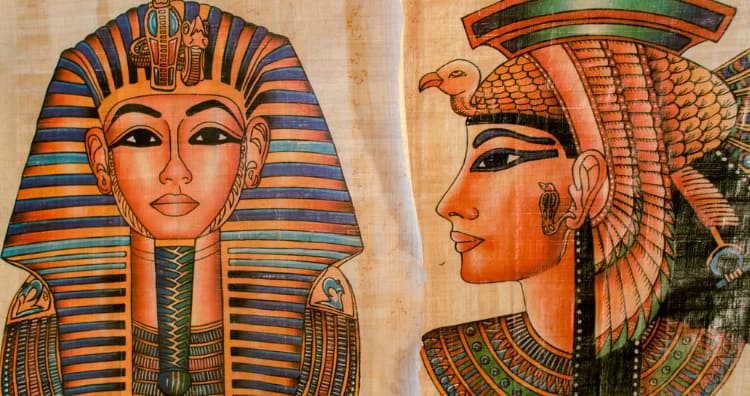12 Eye-Opening Facts About the Beauty Industry

We all like to look our best, and that’s why, through tough times and good times, the beauty industry has always been a lucrative business. Furthermore, our desire to look good means we often turn a blind eye to what we’re putting on our bodies, how the products we use are made, or whether they’re all that safe. So long as they (seem to) do the job, we’re generally content. Now more than ever, though, questions are being asked. Questions like: Can moisturizers really prevent the signs of aging? Who, if anyone, checks that these products aren’t toxic? And what’s in all this stuff anyway? Here we’ll answer those questions and more as we look at 12 eye-opening facts about the beauty industry.
1 The industry has its roots in Ancient Egypt.
The use of cosmetics and beauty products can be dated as far back as thousands of years ago. And although the cosmetics industry as we know it today kicked off in the early 20th century, its practices can be traced back to ancient Egypt. Indeed, there’s a good reason why ancient emperors and empresses such as Cleopatra have become symbols of luxury and glamour.
Appearances and cleanliness were a serious business as far as the ancient Egyptians were concerned, and daily regimes served ceremonial, symbolic, and health-based functions. Men and women from all social classes used cosmetics and makeup such as eyeliner, eyeshadow, sunblock, toothpaste, lipstick, and ointments. Trained professionals manufactured these products, building their reputations by using quality production methods and the best natural ingredients. Furthermore, Egyptian understanding of the science behind skincare proved to be incredibly advanced, and there were even manicurists and wig makers. (source)
2 The average woman applies hundred of chemicals to her body daily.
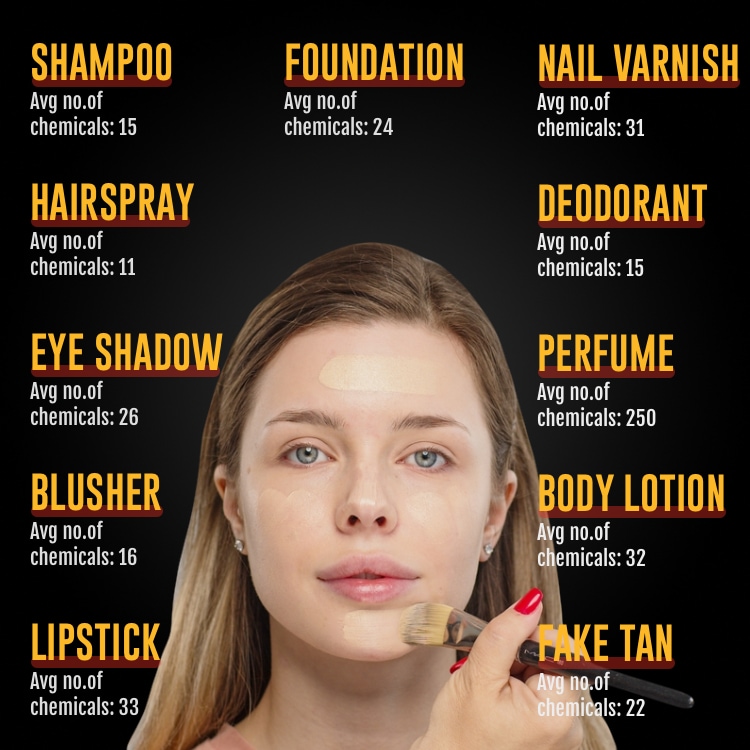
According to the Environmental Working Group (EWG), women use around 12 products containing some 168 ingredients on their bodies daily. Meanwhile, research conducted by Bionsen, a natural deodorant company, puts this number far higher, at around 512 synthetic chemicals every day. Unsurprisingly, men use far fewer but still manage to cake themselves in about 85 or more chemicals daily. Meanwhile, teenagers are likely to expose themselves to even more since they use around 17 products every day.
While many of these chemicals are harmless, others are problematic. According to information released by Skin Deep, 89% of product ingredients are not assessed for safety. Furthermore, one in every hundred personal-care products on the market contains known or probable carcinogens. Teenagers may be especially in danger due to the presence of hormone-altering substances. Indeed, another EWG study tested the blood and urine of 20 teenagers and found they had absorbed 16 hormone-altering chemicals, including parabens and phthalates.
3 The industry is worth even more than you think.
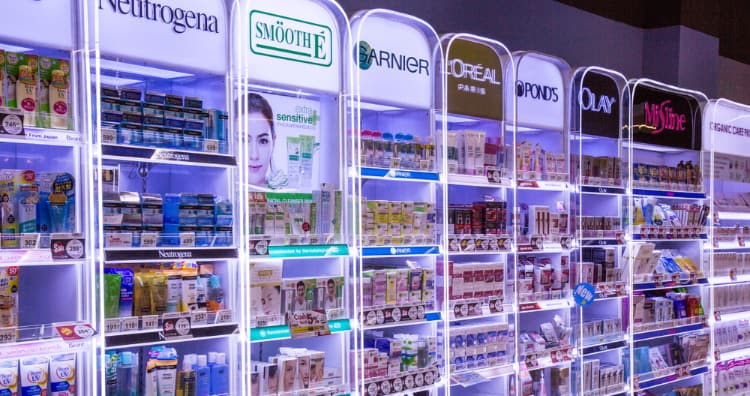
One of the most incredible facts about the beauty industry is its size. Indeed, it’s now worth some $500 billion. Furthermore, it shows no signs of slowing down, with estimates suggesting that its worth will surpass $700 billion by the middle of the decade. Such is contributable mainly to the rise of purchasing power in developing nations.
The industry is going through some quite dramatic changes, though. Unsurprisingly, the rise of e-commerce is altering many of our shopping habits. Also, there is a considerable shift in the way younger generations spend their money. The result is a greater focus on environmentally friendly and natural products over their mass-produced counterparts. Men’s beauty is also on the rise but still accounts for just a meager 1% of the industry. (1, 2)
4 Many claims made by anti-aging products are dubious.

According to dermatologists, sunscreen is the best product for keeping your skin youthful. That’s because sun damage can exasperate or accelerate the signs of aging. Retinol and retinoids, which essentially work as a skin peel, can be effective when it comes to skin that’s already damaged. Beyond that, claims begin to get sketchy. And, if you’re not careful, you might end up taking a gamble with your skin, which may cause more harm than good. (source)
5 Fish scales are a key ingredient in several brands of lipstick.
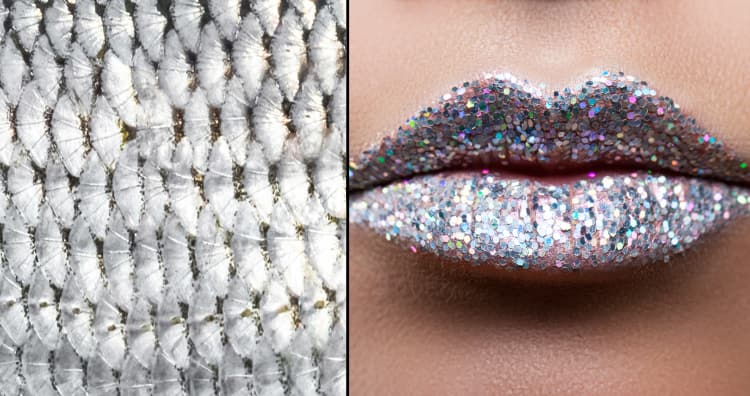
Here’s one fact about the beauty industry you may have preferred not to know. Indeed, if you’re a vegetarian or vegan or don’t like the idea of having crushed-up fish around your mouth, you might want to double-check your lipstick. However, don’t expect to see “fish scales” listed anywhere. Instead, the ingredient you’re looking for is “guanine,” a substance made by layering fish scales on top of each other. But, of course, guanine isn’t just used in lipstick either. It’s also used in various other makeup products and certain types of jewelry to provide a “shimmery” effect. (source)
6 Many beauty products contain toxic chemicals.
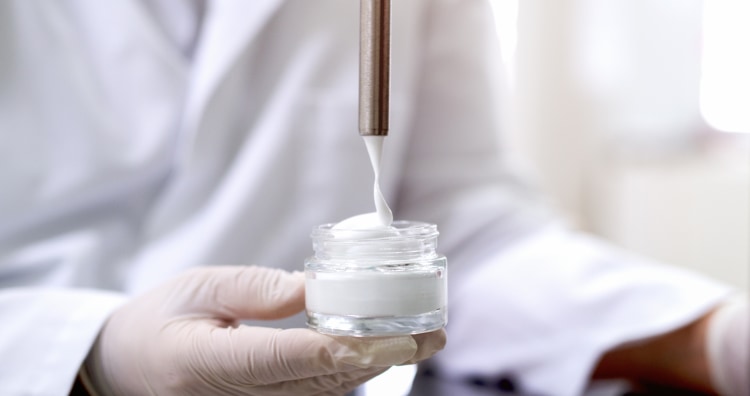
It’s easy to assume that the products you find on the store shelves are perfectly safe to use, but the existence of toxic ingredients in makeup and personal care products is surprisingly prevalent and often misunderstood. A 2018 study conducted by the Danish Environmental Protection Agency found high levels of potentially dangerous PFA’s in almost one-third of tested products. In 2019, an industrial chemist researching gel nail polish found hazardous ingredients such as formaldehyde, benzene, toluene, and methyl methacrylate. All were ingredients not disclosed on the packaging.
The problem is exasperated in the US due to particularly lax legislation. For example, companies in the US are not yet legally obliged to test their products. Furthermore, there is little that the FDA can do regarding consumer harm. Also, whereas the EU has banned over 1,300 chemicals used in cosmetic products, the US has banned only 11. Another issue is that some brands declare their formulations as “trade secrets,” meaning they do not have to disclose ingredients to customers, manufacturers, or regulators. (1, 2)
10 Craziest Ancient Beauty Practices














